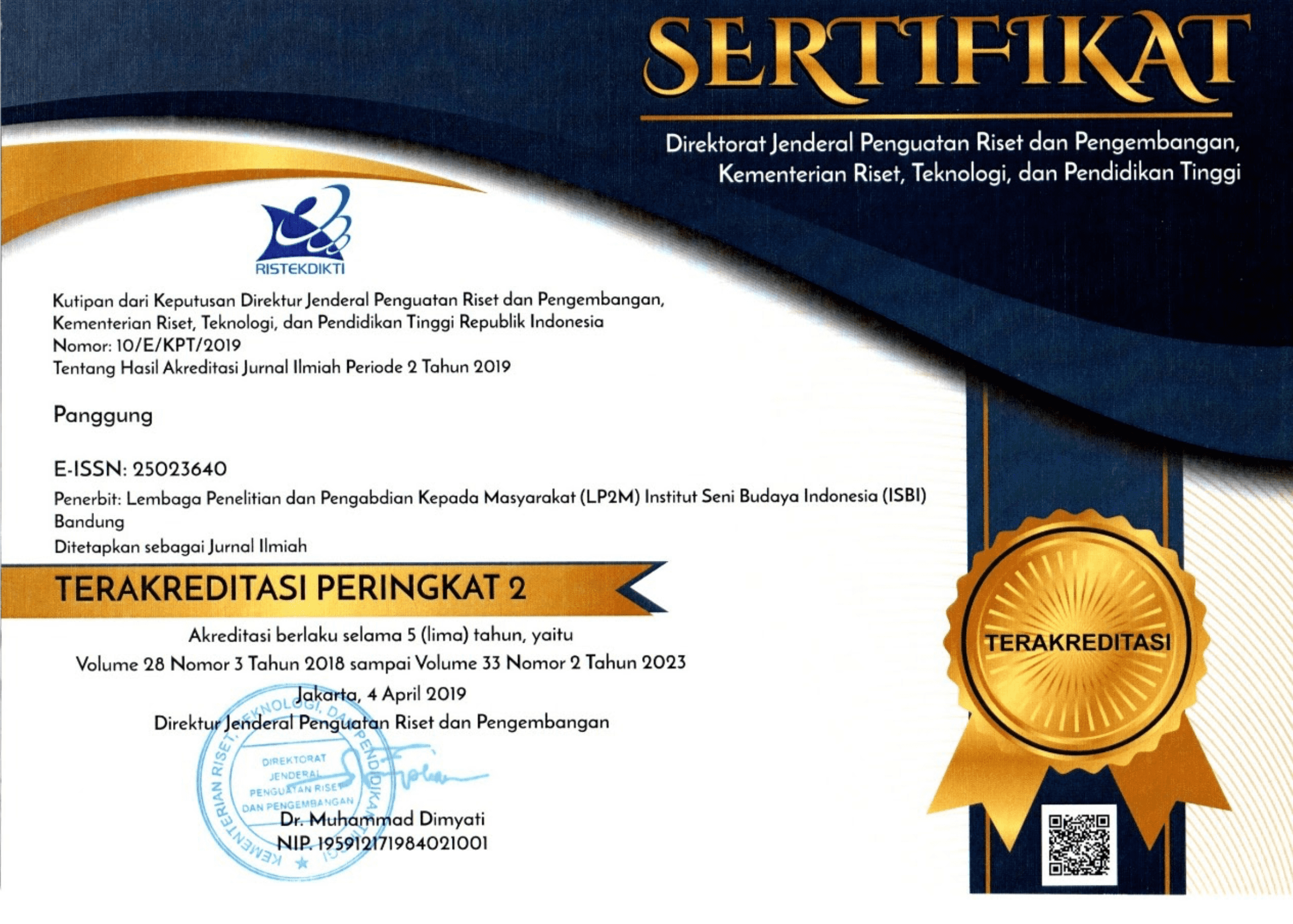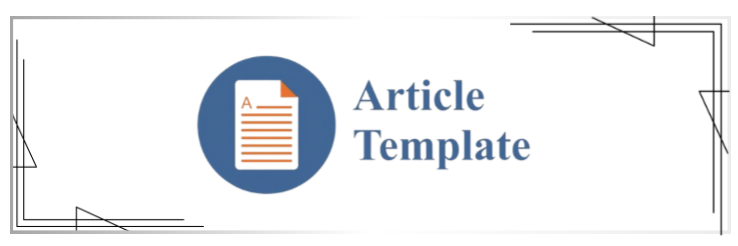Identification of Design and Development Needs for Preschool-aged Children’s Educational Bags
DOI:
https://doi.org/10.26742/panggung.v27i4.290Abstract
Abstract
Bags for students, especially for preschool-aged children have an important role, namely as learning media in the field of education. Attractive and innovative bag designs are highly required to make acceptable and favorable bags for children. This research uses quantitative method. Design and development of educational bags for preschool-aged children were done through the early stages of planning (mind mapping) and of concept development (determining needs identification). The concept development process began with the dissemination of 30 questionnaires to preschool-aged children to identify the consumers’ need for the bags. From the development process, there were three primary needs and 14 target specifications which were then linked in 8 matrices in the chart of a needs-metrics matrix. This research resulted in educational bag designs for preschool-aged children based on need matrix.
Keywords: bags, product design, ergonomics, innovation, primary needs, target specification, need matrix.
Abstract
Bags for students, especially for preschool-aged children have an important role, namely as learning media in the field of education. Attractive and innovative bag designs are highly required to make acceptable and favorable bags for children. This research uses quantitative method. Design and development of educational bags for preschool-aged children were done through the early stages of planning (mind mapping) and of concept development (determining needs identification). The concept development process began with the dissemination of 30 questionnaires to preschool-aged children to identify the consumers’ need for the bags. From the development process, there were three primary needs and 14 target specifications which were then linked in 8 matrices in the chart of a needs-metrics matrix. This research resulted in educational bag designs for preschool-aged children based on need matrix.
Keywords: bags, product design, ergonomics, innovation, primary needs, target specification, need matrix.
References
Biechler and Snowman
Perkembangan Anak, PT. Remaja Rosdakarya, Bandung.
Bridger, R.S.
Introduction to Ergonomics, McGraw-Hill Inc, USA.
Nataya CR and Agie S
Identifikasi Kebutuhan Pelanggan dalam Perancangan dan Pengembangan Konsep Tas Backpak yang Ergonomis dan Multifungsi, Jurnal Teknik Industri, ISSN 1411-6340.
Nataya CR and Agie S
Perancangan dan Pengembangan Tas Backpack Ergonomis dan Multifungsi, Jurnal Teknik Industri, ISSN 1411-6340.
Ulrich, Karl T & StevenD Eppinger
Perancangan dan Pengembangan Produk, Salemba Teknika, Jakarta.
Wong, Donna L, et.al
Buku Ajar Keperawatan Pediatrik, Vol.2 Alih Bahasa Agus S, dkk. EGC, Jakarta.
Downloads
Published
How to Cite
Issue
Section
Citation Check
License
Penulis yang menerbitkan jurnal ini menyetujui persyaratan berikut:
Penulis memiliki hak cipta dan memberikan jurnal hak publikasi pertama dengan karya yang secara simultan dilisensikan di bawah Creative Commons Attribution License yang memungkinkan orang lain untuk berbagi karya dengan pengakuan kepengarangan karya dan publikasi awal dalam jurnal ini.
Penulis dapat mengadakan perjanjian kontrak tambahan yang terpisah untuk distribusi non-eksklusif versi jurnal yang diterbitkan dari karya tersebut (misalnya, mempostingnya ke repositori institusional atau menerbitkannya dalam sebuah buku), dengan pengakuan atas publikasi awalnya dalam jurnal ini.
Penulis diizinkan dan didorong untuk memposting pekerjaan mereka secara online (mis., Dalam repositori institusional atau di situs web mereka) sebelum dan selama proses pengiriman, karena dapat menyebabkan pertukaran yang produktif, serta kutipan yang lebih awal dan lebih besar dari karya yang diterbitkan.
Authors who publish with this journal agree to the following terms:
Authors retain copyright and grant the journal right of first publication with the work simultaneously licensed under a Creative Commons Attribution License that allows others to share the work with an acknowledgement of the work's authorship and initial publication in this journal.
Authors are able to enter into separate, additional contractual arrangements for the non-exclusive distribution of the journal's published version of the work (e.g., post it to an institutional repository or publish it in a book), with an acknowledgement of its initial publication in this journal.
Authors are permitted and encouraged to post their work online (e.g., in institutional repositories or on their website) prior to and during the submission process, as it can lead to productive exchanges, as well as earlier and greater citation of published work.





